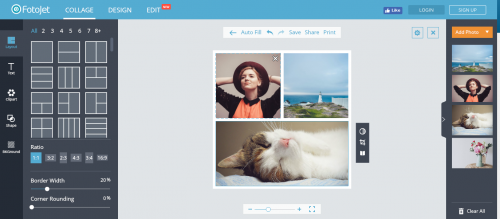I first heard about the twelve-factor app a couple of years ago, in Berlin, during the International PHP conference. It was the basis for David Zulke (of Heroku fame) talk on the best practices for the modern day PHP applications.
The twelve-factor app is a methodology for building software-as-a-service apps that:
- Use declarative formats for setup automation, to minimize time and cost for new developers joining the project;
- Have a clean contract with the underlying operating system, offering maximum portability between execution environments;
- Are suitable for deployment on modern cloud platforms, obviating the need for servers and systems administration;
- Minimize divergence between development and production, enabling continuous deployment for maximum agility;
- And can scale up without significant changes to tooling, architecture, or development practices.
The twelve-factor methodology can be applied to apps written in any programming language, and which use any combination of backing services (database, queue, memory cache, etc).
Here are the 12 factors, each one covered in detail on the site:
- Codebase: one codebase tracked in revision control, many deploys.
- Dependencies: explicitly declare and isolate dependencies.
- Config: store config in the environment.
- Backing services: treat backing services as attached resources.
- Build, release, run: strictly separate build and run stages.
- Processes: execute the app as one or more stateless processes.
- Port binding: export services via port binding.
- Concurrency: scale out via the process model.
- Disposability: maximize robustness with fast startup and graceful shutdown.
- Dev/prod parity: keep development, staging, and production as similar as possible.
- Logs: treat logs as event streams.
- Admin processes: run admin/management tasks as one-off processes.
These seem simple and straightforward, but in reality not always as easy to follow. Regardless, these are a good goal to aim at.

